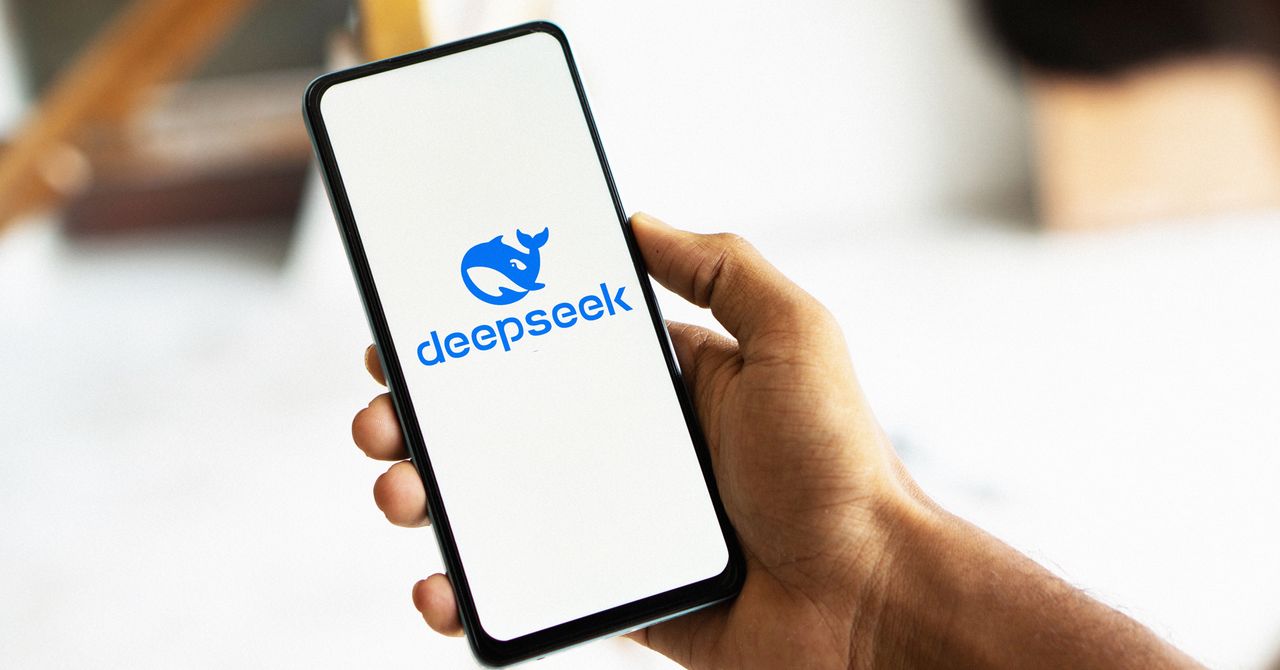Chinese AI Startup DeepSeek Develops a Competitive Model to OpenAI

DeepSeek: A Unique AI Firm in China
Today, DeepSeek stands out as one of the leading artificial intelligence (AI) companies in China, notably independent of major tech partners such as Baidu, Alibaba, or ByteDance. This independence allows DeepSeek to carve its own path in the competitive AI landscape.
A Team of Young Innovators
Hiring Strategy Focused on Fresh Talent
DeepSeek’s founder, Liang, took an unconventional approach when assembling his research team. Rather than recruiting seasoned engineers, he aimed for recent graduates, particularly PhD students from elite institutions like Peking University and Tsinghua University. Many of these young talents had achieved recognition in top academic journals and distinguished awards at international conferences but had limited hands-on industry experience.
Liang emphasized that the majority of their core technical roles are filled by individuals who graduated recently. This strategy has fostered a collaborative environment where team members are encouraged to explore innovative research projects without the cutthroat competition for resources often seen in established tech firms. In contrast to others in the sector—where accusations of resource hoarding are not uncommon—DeepSeek’s culture promotes sharing and teamwork.
Motivated by National Pride
The young researchers at DeepSeek exhibit strong dedication and a sense of national pride, particularly in light of external pressures like export restrictions from the United States. Analysts note that this younger generation feels compelled to advance China’s position on the global tech stage, reflecting both personal ambition and a broader commitment to national innovation.
Innovation Arising from Challenges
Adapting to Export Controls
In late 2022, the U.S. imposed export controls that significantly limited Chinese AI companies’ access to state-of-the-art chips, including Nvidia’s H100. This posed a substantial hurdle for DeepSeek, which initially had a reserve of 10,000 A100 chips but needed more to stay competitive with companies like OpenAI and Meta. Liang highlighted that the core issue DeepSeek faced was not funding, but rather the restrictions imposed on their access to advanced hardware.
Enhanced Model Training Techniques
To navigate these challenges, DeepSeek developed more efficient methods for training their AI models. They optimized their model architectures through various techniques—such as improving communication between chips, reducing memory usage, and implementing innovative models like the mix-of-models approach. While some of these techniques were not brand new, their successful application in creating high-functioning AI models marked a significant achievement.
Cost-Effective Innovations
DeepSeek has made strides in developing frameworks like Multi-head Latent Attention (MLA) and Mixture-of-Experts, allowing their models to be trained using fewer computational resources. Remarkably, their latest model requires only one-tenth the computing power necessary for training Meta’s comparable Llama 3.1 model.
Open-Source Contributions
DeepSeek’s commitment to sharing their advancements openly has been beneficial for its reputation within the global AI research community. Developing open-source models not only helps them catch up with Western competitors but also encourages more users and contributors, thereby enhancing the models’ growth and effectiveness. This approach indicates a shift in the industry, showing that cutting-edge AI can be achieved with strategic optimizations and fewer resources.
Implications for AI and Export Controls
The innovations and successes of DeepSeek pose potential challenges to the current U.S. export regulations aimed at curbing China’s access to critical computing resources. If these emerging technologies prove effective, they could reshape assumptions about the capabilities of Chinese AI firms and their future in the global market.





